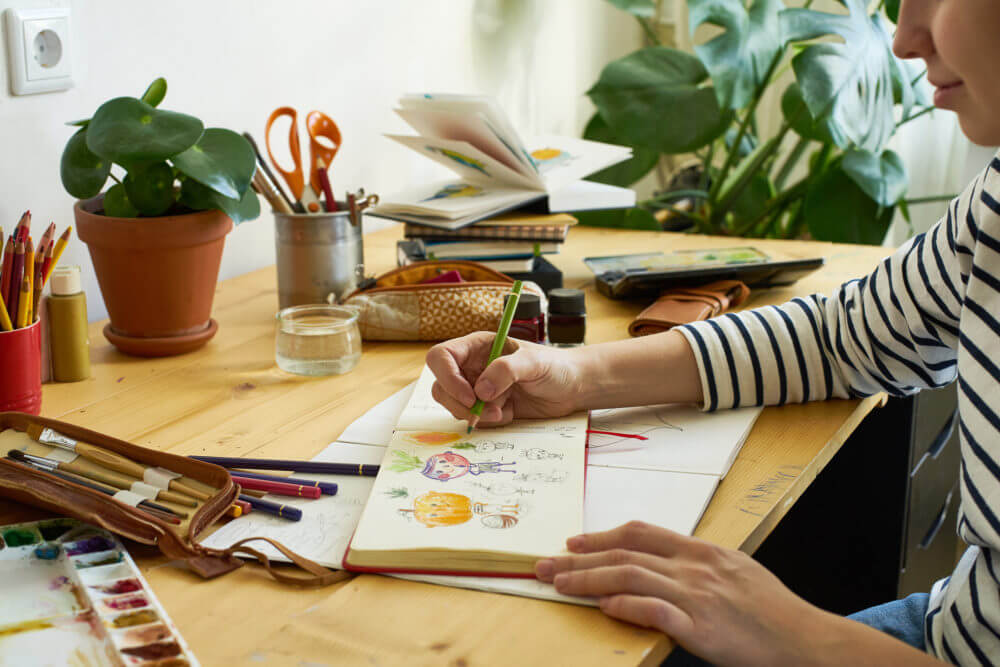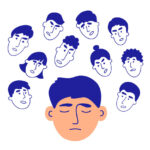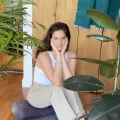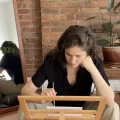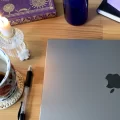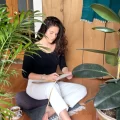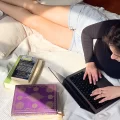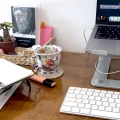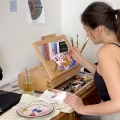This post may contain affiliate links, which means we'll receive a commission if you purchase through my link, at no extra cost to you. Please read full disclosure here.
Want to learn a great productivity hack no one told you about? This is one of the productivity hacks that actually works.
Strange as it may sound, creative limitations drive creative productivity.
Your first thought probably is: “What is that even? Also, I have enough constraints and other difficulties. I don’t want more.”
At least that’s what I used to think: that any boundaries block you from having the freedom to create.
Then I heard about creative limitations from Lucinda Chambers, a British fashion director who worked at Vogue for 36 years. I decided to look more into it. And I quickly realized that all successful creatives follow this rule: they use creative limitations as a productivity hack.
In this post, we’ll talk about how to turn restrictions into productivity and focus boosters.
🏆 What Is It, And How Is It a Productivity Hack?
According to The Audiopedia, “creative limitations is the concept of how purposely limiting oneself can actually drive creativity”. They usually appear naturally, but you can also “self-impose” limitations to keep the work going.
But why does it work? Because restrictions release us from paralysis of choice. When a restaurant’s menu has ten items — it’s pretty easy to choose and we do it quickly. When there are five pages of hundreds of dishes we tend to get overwhelmed (my own kind of nightmare).
Creative limitations take away some of the decisions we have to make before getting started. Therefore, bringing us closer to the start.
➕ Other Benefits
- Limitations deepen your relationship with your craft. Basically, tools you are so used to become unavailable so you get to know the alternatives.
- Your art may look different so people will pause to look at it, just because they are curious. And voila! More recognition for your art.
💰 Financial Limitations
One of the limitations that I learned about before any others, was the financial limitation.
The fashion industry relies on money a lot. Lucinda Chambers in her course on fashion styling at Business Of Fashion shared that usually, the “restrictions on budgets don’t restrict the beauty of the picture”. You’ve got something to push against, it makes you more imaginative and resourceful. Because you still have to deliver on the vision. In other words, if you need exotic flowers and you have no money — make them from paper.
It is also applied to filmmaking. Some of the best movies ever made were filmed with extremely low budgets.
Filmmaker M. Night Shyamalan took this approach when he filmed Split. He funded the entire film with his own money. It forced him to come up with novel solutions.
“The reason I do it is so I can get that tension, that thing, so that every second is mine. It’s my money, it’s my thing.”
M. Night Shyamalan
⏰ Time Limitations
Dr. Ken Atchity, American producer, author, and columnist, in his interview for Film Courage, said that pressure is what causes creativity to work best. Lack of it actually works against you.
And time pressure is the number one pressure.
I don’t know about you, but I can vouch for this one. I am my most efficient self when I have an hour until my deadline. So now I try to create my own deadlines. I give myself a certain amount of time to finish something. I know that after that moment comes, I am not allowed to continue working. And it sort of pushes me to the edge, forcing my brain to get more efficient.
👨🏽💻 Specific Job-Related Limitations
Russian composer, pianist, and conductor Igor Stravinsky used some kind of creative limitation with time signatures. He restricted himself from using them. By doing that, not only he created a challenge for himself but he also became well known as a musical revolutionary. His innovative approach and talent made him famous.
Or take Austin Kleon — an artist and author of a very encouraging book Show Your Work — and his newspaper blackout poems. He uses a marker to black out words in an existing article or column. Whatever is left untouched forms a cute little poem.
These are great examples of using this method in a specific field. Try and see what kind of creative limitations you could create for your work process. Here are some ideas:
✍🏼 Writing
Give yourself three words only and write based on what comes to your mind. You can use Random Word Generator for that.
(I just tried it for the sake of this post and I got “diplomat”, “resist” and “summer”. I already have a plot in my head.)
👠 Fashion
Aside from the financial limitation that I mentioned above, you could try this:
- Use only clothes from sustainable brands or young designers
- Use only clothes made of the same fabric
- Go to the art museum, pick a painting and build your shoot idea around it
- Take folklore of some country and base your shoot on it
🎨 Painting
Choose a word that represents something that doesn’t have a physical form, and try drawing it.
- If you had to create what anxiety looks like, would it be a creature or a city?
- Or what color and shape would mindfulness take?
- How about your own inner voice — what would it look like if it was a person?
🖤 Embrace The Shake
At a TED conference in 2013, famous artist and inspirational speaker Phil Hansen said:
“We need to first be limited in order to become limitless.”
He learned it the hard way. When he was in art school, he developed a shake in his hand after years of repeated pointillism. It made it impossible for Phil to even draw a straight line. He was devastated, and he quit art. At some point, he started experimenting with other forms of art, after his doctor suggested to “embrace the shake”.
In his art, Phil uses unconventional materials such as dandelion puffs, matches, Starbucks cups, or bananas. His limitation never stopped him from pursuing his dream and becoming a successful artist and speaker. More than that, it helped him to become huge. It made him find his unique path.
💡 Beneficial Mindset As A Bonus
Another great thing about using creative limitations as a productivity tool is that it feeds into a very beneficial mindset, which is seeing a problem as an opportunity.
I try my bestest to always stick to it (I do fail sometimes though). And it’s one of those times when it’s all about personal perception. Two different people can see the same situation in different ways. One way opens up new doors while the other encourages to give up.
For example:
🙁 Problem as a failure
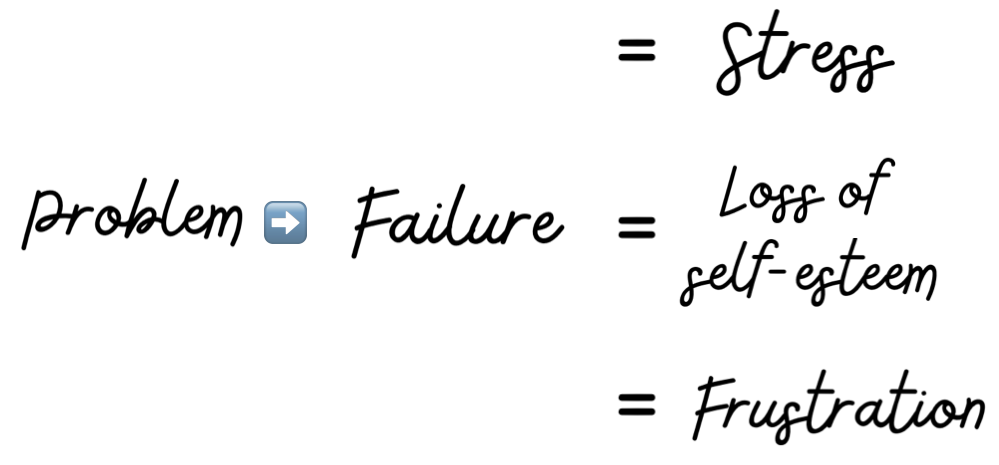
“I have this problem because I am not competent enough, and things are out of my control.”
🙂 Problem as an opportunity
“I have this problem because it’s a natural (and an inevitable) part of the journey. Let me see how to use it in my favor.”

As you can see, the difference is significant.
Yes, some problems can essentially be damaging in some way. But most of them are not.
“If you treat the problems as possibilities, life will start to dance with you in the most amazing ways.”
Artist Phil Hansen at a 2013 TED conference
Now we know that limitations broaden our creative potential. What we have to do is to embrace this feature of our minds. Instead of resenting it, we should schedule our creativity around it. We have to trick ourselves so that it works for us. And not against.
